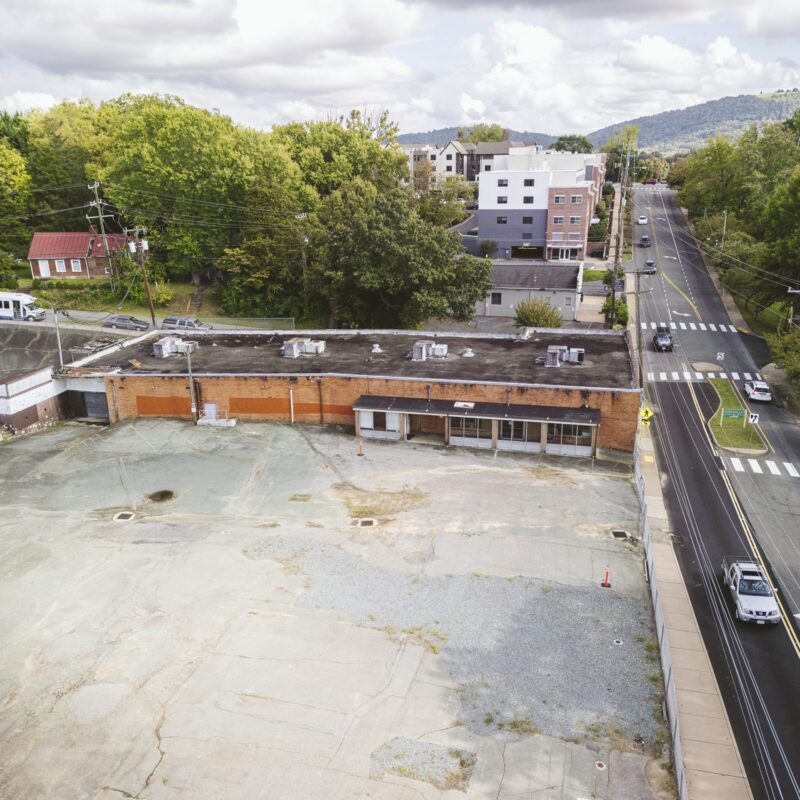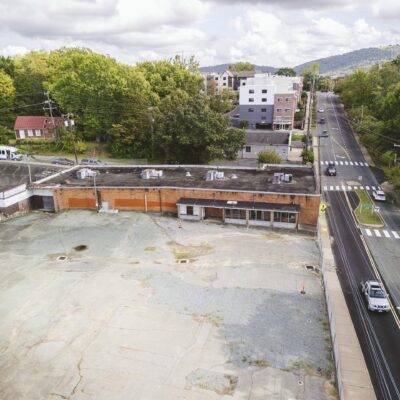Many wonderful things happened last weekend when I was visiting my friends Mary and Paul. Near the top of the list: a tour of their backyard beehives! Paul and I suited up in long pants (socks pulled over the pant legs—super sexy!), long-sleeved collared shirts, long gloves, and these hood-net things for our heads. Despite some slightly scary instructions (for example: "Carbon dioxide makes bees mad, so don’t breathe on them") I felt pretty calm as we approached the hives.

Paul pried off the lid of one hive with a paint scraper, then loosened one frame in the hive’s top tier. When he pulled it out, bees clung to the frame and the comb they’d built inside it. And they buzzed all around us, but didn’t seem upset.

As he held up one frame after another, Paul showed me how to recognize drones and the queen—who was much smaller and more mobile than I’d expected—and pointed out how the bees use different areas of the hive for different functions. Some are "brood cells," where eggs are laid and mature into baby bees, some are given special goodies so they’ll turn into queens, and some cells store honey. When a group of honey cells is finished, the bees cap them all off with wax, and in that state the honey could last thousands of years.

Not likely, though. It’s way too delicious. We finished our tour (no stings!) by cutting out honeycomb from two different frames—one batch much darker than the other—and proceeding inside where we ate it with forks and made appreciative groaning sounds.
At my house, we’ve talked casually about keeping bees but know nothing about what it takes. Now I at least have a bit of an idea. It is definitely a planet-friendly activity, especially when done organically, and with the current crisis in the bee world (Colony Collapse Disorder, which I’m sure you’ve heard of) it’s also kind of patriotic. Bees are muy importante for our food supply and the health of ecosystems generally. Who among ye, dear readers, is a beekeeper? Tell us your stories!



